Did auto correction saved Apple? if it is not for this technology , there won't be the first gen iPhone

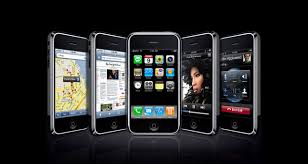
In 2007, Apple launched the first generation of iPhone, equipped with a 3.5 inch display, there is only one home button in the front, the compact size of the phone let it easily sit on the palm of your hand. Customers worldwide are crazy about this new design. While before that, it is this revolutional form of factory, that almost killed the unrevealed project.
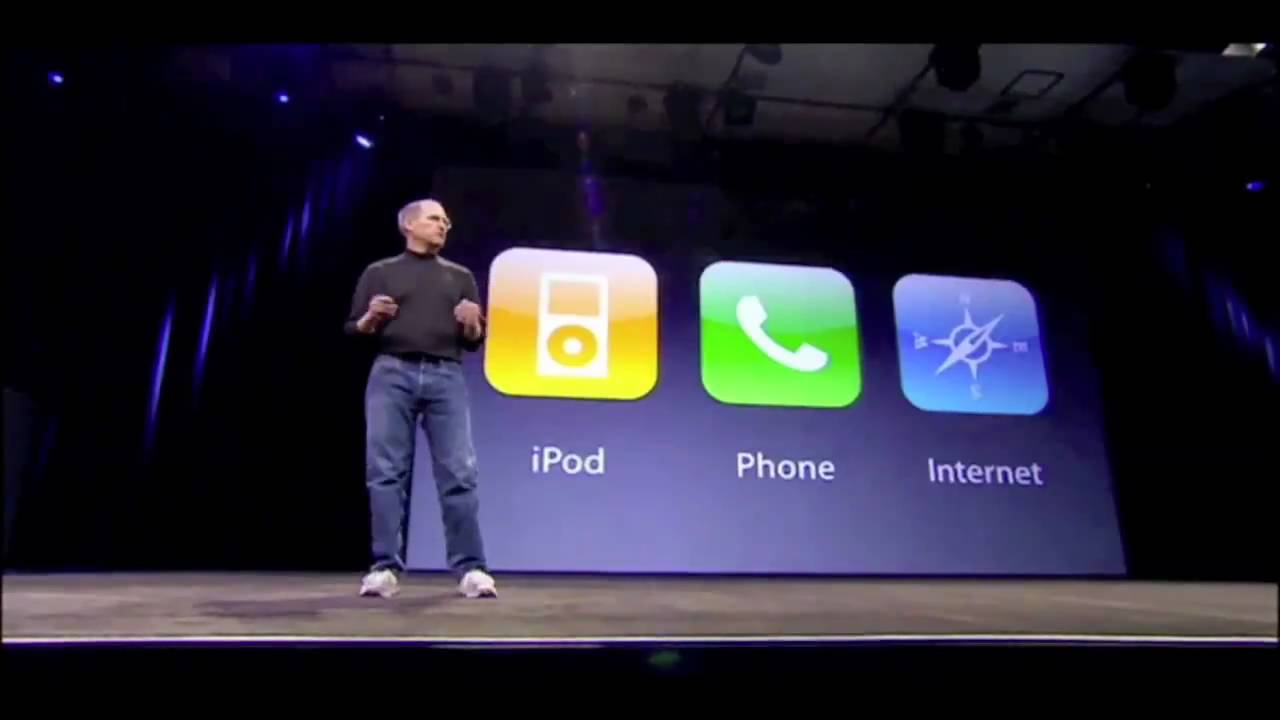
If it is not for this technology, there won’t be the first generation of iPhone.
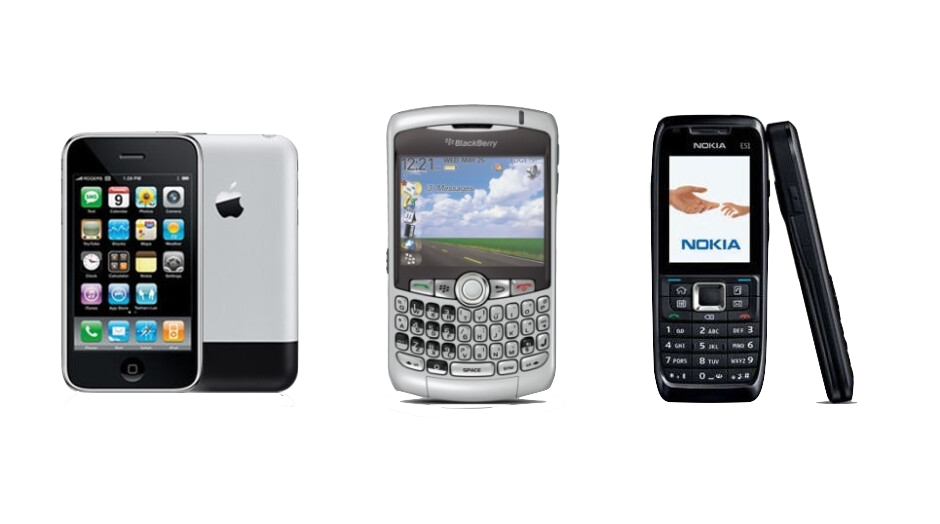
I’m not talking about the multi-touch technology that Steve Jobs took efforts to introduce in the representation. Actually that technology is not invented by apple, it was a product made by a small company called finger work, this multi-touch technology was so successful that it brought the attention of apple engineers in their secret project. So Steven Jobs bought the whole company to acquire this Technology , putting multi-touch into its own inventory. This is another interesting topic but our focus today.
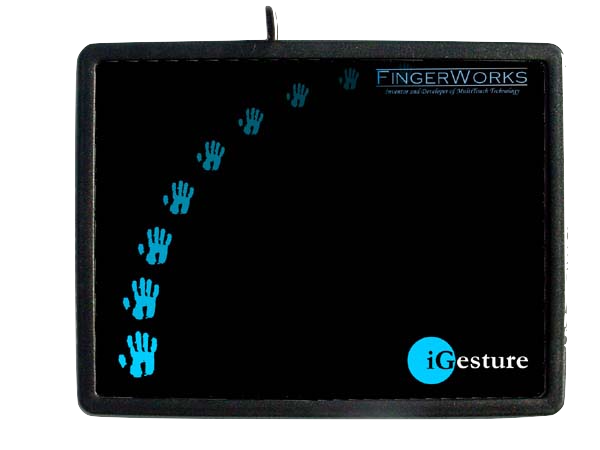
So before the launch of the first generation iPhone , Steve Jobs has spent billions in his top-secret phone project called “project purple”. Steve Jobs assigned two different teams to this endeavor , representing two different directions, one is to grow the iPod into a phone, the other is to shrink the Mac into a iPhone. Two teams went their different ways without knowing what the other team was doing.
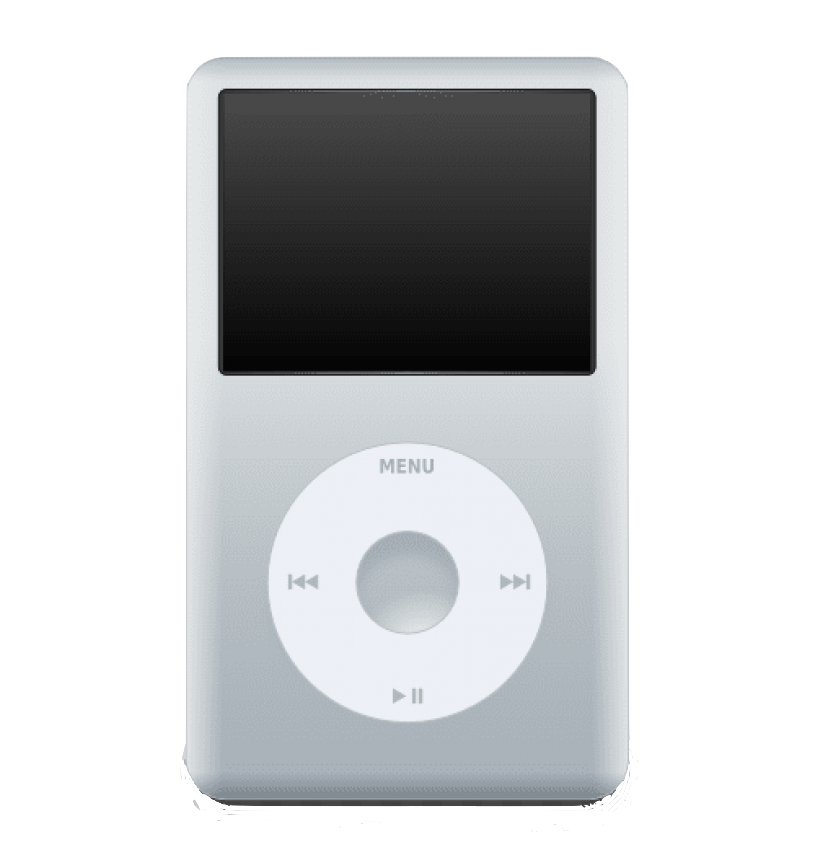
In the beginning of 2006, Steve Jobs has decided that project purple should focus on the direction of putting Mac OS into a compact phone device. The later iPhone os, which was a version of macOS X , was getting its shape. Less than a year to the launch event, the software team till struggles in the design of the keyboard. Steve Jobs visions iPhone to be drastically different from all the other phones in the past, it doesn’t need a plastic keyboard which covers half of the front face, there will be a whole glass of screen with no obstacles. The keyboard appears when it is needed, and it can have different function keys based on different applications.
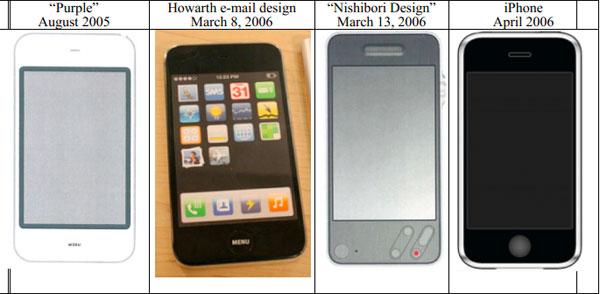
This is absolutely out-of-box thinking for people back in 2006. But it was never easy to design such a virtual keyboard. What Steve Jobs wanted was a phone with a small factory, actually he never really like the idea of making a big screen phone. Before that, apple engineers have made the conclusion that the optimal size of a icon on a touch screen is actually 57 by 57 pixels. If we want to stack a full-sized virtual keyboard into such a small screen, the keys would be too small to avoid error triggers. This problem hinders the progress of this new project, even challenges the fundamental idea of iPhone. At that time, what people want was a portable phone, small enough to put into their jacket pockets, leading companies make T9 keyboard for their flagships. Things are too good to be true, if apple couldn’t handle text input smoothly, never to say all the other smart functions, Apple, then a computer company sets foot on the phone industry, if cannot guarantees the basic text experience of a phone, would become a joke of the tech community.
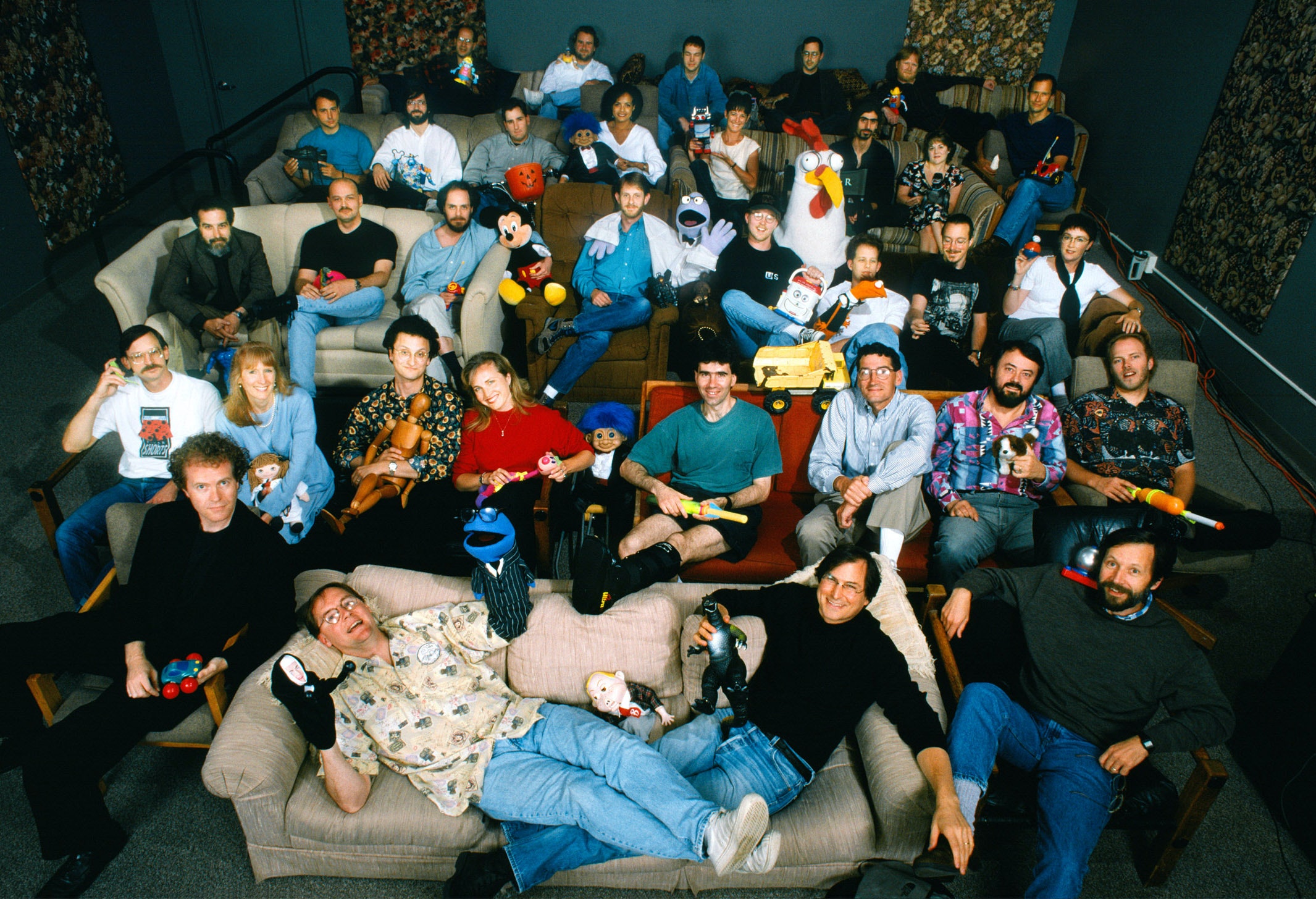
There is no one else who could be more into user experience than Steve Jobs, blackbarry at that time features a full-sized physical keyboard and became popular among high-end users. He ordered the whole team to stop what they were doing, and shift their focus on making a good enough virtual keyboard.

Ken Koceinda, was a member of project purple, this legendary former apple employee, worked for apple’s internet browser Safari, iPhone , iPad, Apple Watch , was graduated from Yale University, after his graduation, he did not find where his passion lays, he had repaired motorcycles, worked in a editorial library, and also went to Japan to teach English . Then he taught himself coding, and became a programmer in the late 90s, he joined apple in 2001 and stayed there for almost two decades.
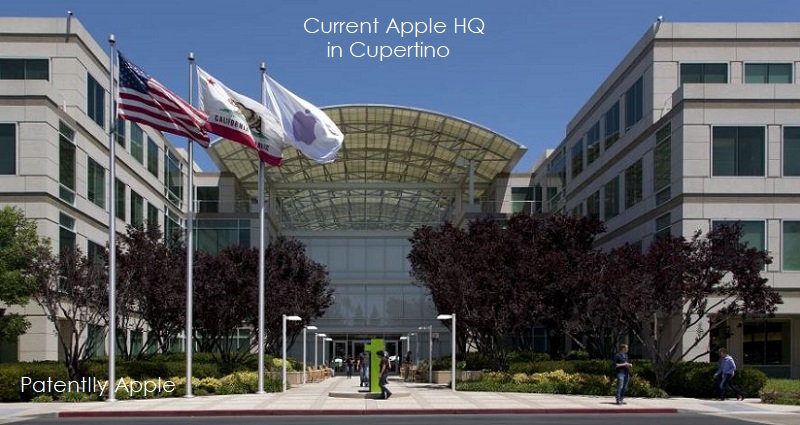
The original idea of Ken, like other engineers, was to design a keyboard of special-shaped keys, each key is big enough to hold a little finger, users can choose the desired letter by changing the direction of the finger. After watching many failed demos, Ken realized to make a usable virtual keyboard on such a small screen, he must add some new elements, that is algorithm and artificial Intelligence. Finally, he designed a primitive AI program, which runs beneath the virtual keyboard, it predicts and auto corrects user’s input, it guesses what key you want to type even if you missed it slightly. People won’t aware of its existence because this is done without human intervene. The algorithm which was based on machine learning and dictionary, worked really well at that time and became the first generation of apple’s auto correction. iPhone was sold really well and gained its reputation due to its easy to use features.
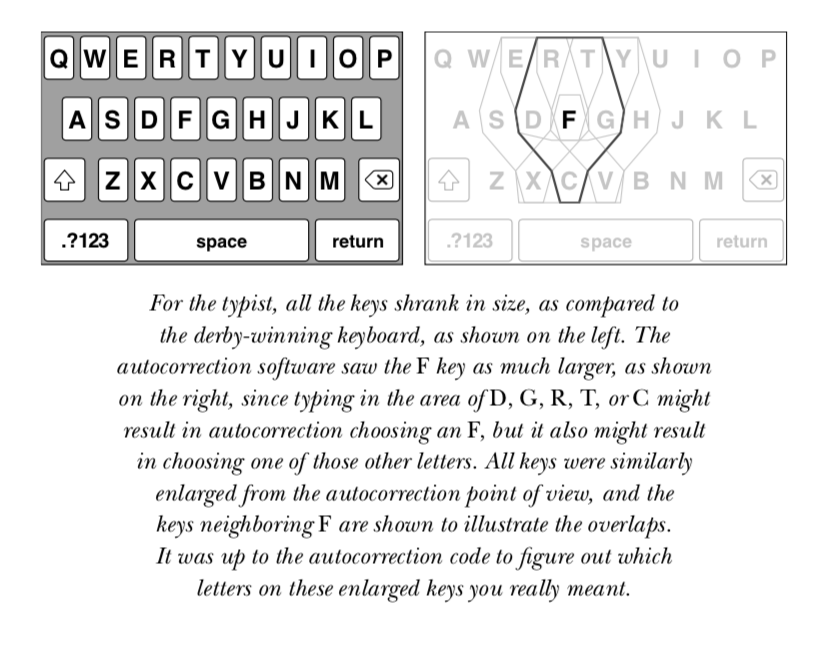
Many years later, apple became much more aggressive in AI technologies, not only in software but its neural engines. Computational photography, text recognition, AI algorithms are affecting our daily lives, they are no longer hiding behind the curtain and it’s an era for them to shine.
 DataTime
DataTime